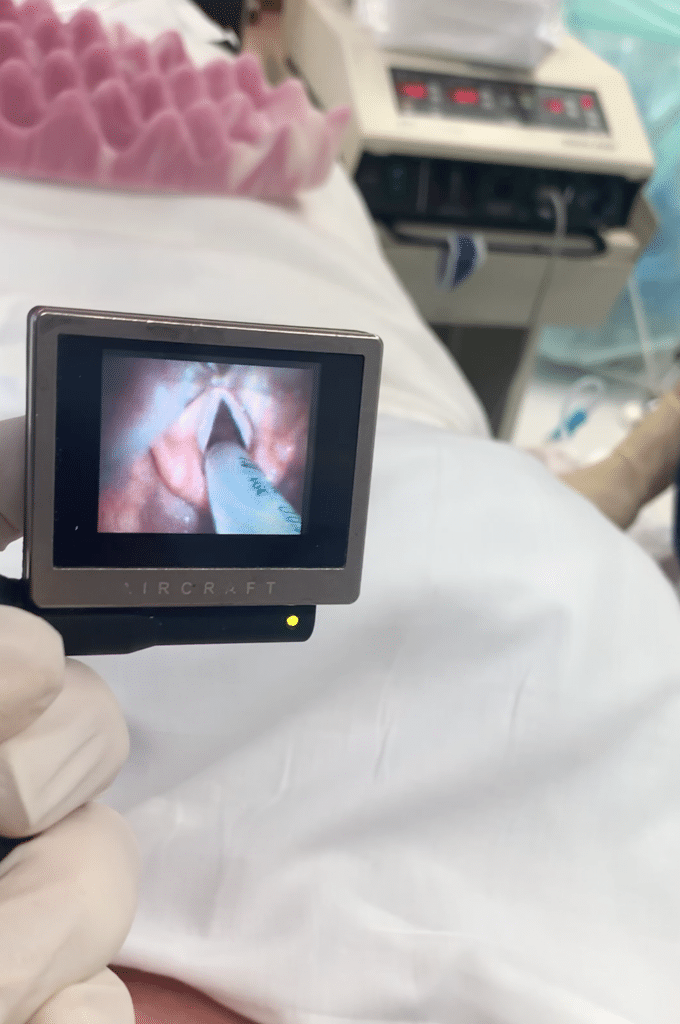How do I chose local, regional, sedation or general?
General generally means endotracheal tubes
Essentially there are three types of anesthesia:
1. Local anesthesia-the type a dentist gives you while you’re totally awake
2. IV sedation or “twilight sleep“. A sedative is administered intravenously to induce a deep state of sedation.
3. General anesthesia-Sedative agents are administered both intravenously as well as through endotracheal breathing tube into the lungs.
Though the most consider IV anesthesia as being safer, ironically it can be more dangerous. Unlike general anesthesia, IV sedation does not use a breathing tube to prevent a patient’s airway from closing if sedation gets too deep. Actually, this can happen many times during an operation and that is why the anesthesia provider must stay hypervigilant to deliver enough sedation to maintain a patient’s unconscious state but not enough to stop them breathing on their own.
There are two types of patients when it comes to anesthesia-those who are very wary of any anesthesia, let alone general and those who want full general anesthesia without hesitation. Obviously, the choice as to what type of anesthesia is used during plastic surgery is a collaboration between the patient and the surgeon.
As a Beverly Hills plastic surgeon, creating human artwork involves deep concentration, precise technique, a painstaking attention to detail and unlimited patience. Therefore I want my patient to be perfectly still, comfortable and safe so I can do my very best without being distracted, even if the surgery is only “skin deep”. This is why I, as a facelift expert in Beverly Hills, perform my facelifts and detailed hyperaesthetic facial surgery under general anesthesia. I feel I can deliver the best results I can while the patient is comfortable and safe.
I utilize general anesthesia for most of my high-definition body-sculpting, abdominoplasties and breast enhancements to enable me to go that “extra mile”. It’s all too often I hear patients complain about their underwhelming results from surgery performed under IV twilight sleep. This is because surgeons are constrained in what they can fully achieve by a moving, uncomfortable patient. In Beverly Hills, standards are high and patients expect the best and this is why they come to my clinic from across the world for their results and not for the type of anesthesia they receive.
However, there are many situations in which I feel IV sedation is better for the patient. Those requiring modest amounts of work where pain control can be easily supplemented by injected local anesthesia are best served with twilight sleep. Generally, shorter surgeries of the skin and subcutaneous tissue but above muscle fall into this category.

In the end, it all boils down to the concerns and expectations of the patient and how best the surgeon is able to fulfill them. However, most honest surgeons, whether in Beverly Hills or anywhere else for that matter, would agree that their most detailed and precise work was performed under general anesthesia
